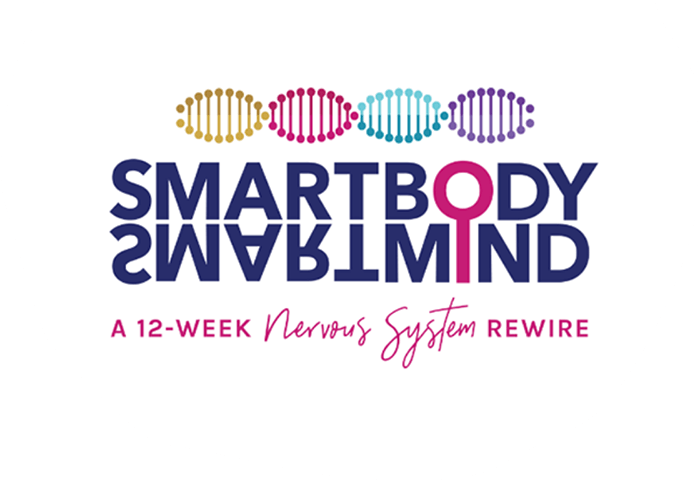This section addresses the following questions:
- Why use the mouth to breathe during this lesson and why also focus on expanding the chest? I’ve been taught to focus on the opposite.
- Breathing in through the mouth made me uncomfortable. I really prefer to breathe in and out through the nose. What could that be about?
- This lesson started easily for me but as we moved into the chest, I got a muscle spasm in the back right ribs, then the inner thigh on one side, then the other side. I felt an impulse to get water and to move and shake. Can fear of breathing into the chest or ribs set off such a cascade of spasms?
- I can easily inhale into my belly but not into higher parts of my chest. The area from my neck to my solar plexus is heavy and feels frozen. How do I work with this? I sense shifting it will be key for me.
This exercise is all about exploring ways in which we may have been unconsciously blocked off from certain areas of the lungs.
The lungs are in the chest! Yes, many people are taught to breathe into the belly but of course you cannot breathe into the belly because there are no lungs there. When we are doing ‘belly breathing’ what we are actually doing is focusing on a full expansion of the respiratory diaphragm. It is the diaphragm that drops down into the abdomen and expands the belly, which of course allows for more air to come in to the lungs. BUT if we only focus on expanding the diaphragm in this way, we can easily miss areas of our lungs that are stuck and which we have limited access to.
This is about exploring the lungs. Ideally, we want to be able to direct our breath into any quadrant of the lungs, expanding into any area of the chest: top, bottom, left, right, front and back. This can be difficult for trauma survivors because often times there is a lot of shock and other strong emotion that gets stuck in these areas of the chest, and so we will unconsciously keep ourselves from breathing into these quadrants because of the emotional energy there, and so over time these quadrants of the lungs and chest get stiff and resistant to expansion. So it can be tough!
There’s nothing wrong with breathing through the nose. When we are at rest and just chilling this is often what will naturally happen. We use the mouth for this exercise because breathing through the mouth links us more closely to emotional expression, whereas breathing through the nose is often used to manage emotion. Try sobbing through your nose — it ain’t gonna happen!
So, by breathing through the mouth deliberately into different regions of the chest, we are encouraging a process of discovery that will likely lead to encountering places that feel stuck, and then if we keep it up, we will likely find the emotions there that the stickiness is holding in place. Also, it’s good to have options for our breathing. If we are climbing a mountain we are going to want to breathe through our mouth!
